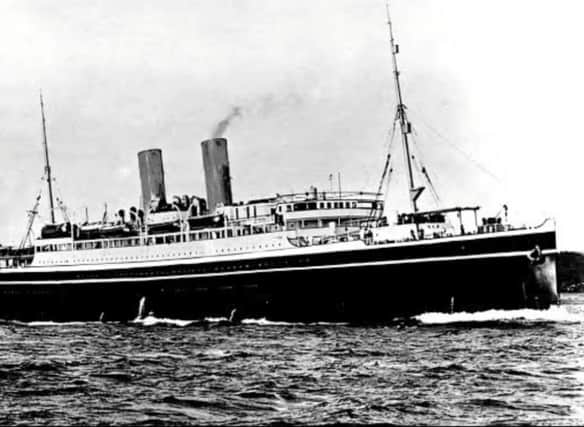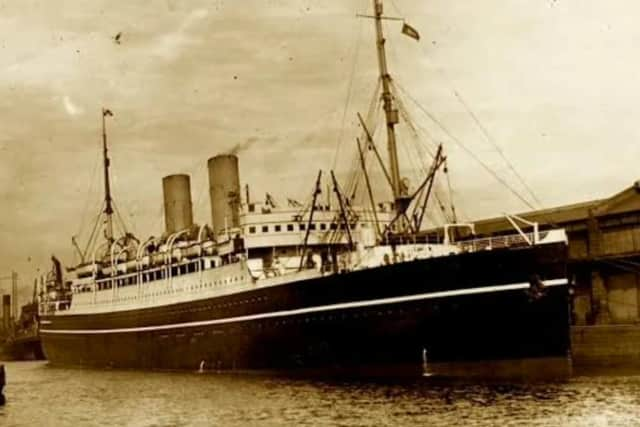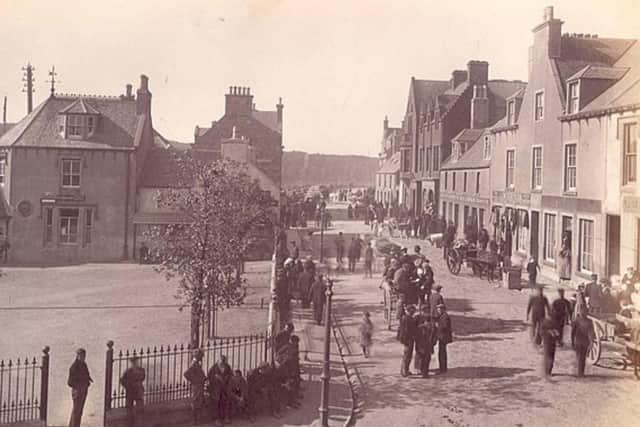SS Metagama Centenary: Mass Hebridean emigration and loss of Gaelic speakers, 1923 - 2023


On April 21, we commemorate the 100th anniversary of Scotland’s mass emigration from the Outer Hebrides onwards to Canada. The SS Metagama departed from Stornoway with around 300 young men around 22 years old – and 20 women – that followed the SS Marloch, which had recently ferried off with hundreds more.
In the wake of World War One and the Iolaire disaster – known as ‘the worst UK maritime disaster during peacetime’ – the Hebrides lost thousands of young people, which devastated the community. So, it comes as no surprise that even 100 years later a mention of “Metagama” resonates profoundly with locals.
Advertisement
Hide AdAdvertisement
Hide AdHere’s what we know about the SS Metagama, the intrepid youths who boarded the ship, and the impact their departure had on the Hebrides and Scotland as a whole.
History of the SS Metagama
According to Great Ships, the Metagama was built by Barclay, Curle & Co. of Glasgow and launched in 1914 in the wake of World War One. The ship entered Canadian Pacific’s North Atlantic service following its maiden voyage from Liverpool to Canada in March 1915.
She carried Canadian troops on eastbound crossings during the war and also served on the Glasgow-Canada line. However, the Great Depression lowered passenger numbers so much that after 151 North Atlantic roundtrips, the ship was finally scrapped in 1934.
Where did the SS Metagama take the Scots?


On Saturday, April 21, 1923, the SS Metagama paved a path from Scotland to Eastern Canada, carrying 300 “Leòdhasachs” – Scottish Gaelic for Isle of Lewis residents – with her.
After medical examinations, distributing Gaelic Bibles from the Ladies’ Highland Association, and emotional speeches from distinguished Stornoway citizens, the ship sailed in the evening towards Ontario farms.
The ship, which held hundreds of other emigrants who boarded at Glasgow, was intended to reach Montreal, but the vessel instead arrived at St John (New Brunswick) due to icy weather conditions. The weight of the voyage was felt by all, as written by the Stornoway Gazette a week following the SS Metagama’s departure.
That excerpt read: “It was an affecting scene and there were tears in many eyes, for not a few of the lads who had come away from the pier light-heartedly became very quiet and thoughtful as if they only then realised that they were going to put thousands of miles of land and sea between them and Lewis Isle.”


How did this impact the Hebrides?
Within one week, steam ships departed from South Uist and Lewis shores carrying over 600 Scots with them bound for a new life in Canada, but this followed recent tragedies.
Advertisement
Hide AdAdvertisement
Hide AdHistorian Malcolm MacDonald estimated that around 1,797 men of the Western Isles died from a population of 46,700 in World War One. Plus, the Iolaire disaster alone accounts for 201 lives lost when the ship, only yards from safety at Stornoway Harbour, hit rocks as 285 men returned from the war.
The social, demographic and cultural impact on the Hebrides cannot be understated.
For Gaelic, the 1921 Census revealed that monolingual speakers of the heritage language fell by 46 per cent. According to Professor Michelle MacLeod, a Gaelic language and cultural scholar at Aberdeen University: "Gaelic speakers became increasingly the exception from that point forward with bilingualism replacing monolingualism as the norm for Gaelic speakers.”
Professor MacLeod added these historical events coupled with the “depopulation” of Gaelic’s “heartland areas” like Lewis undoubtedly contributed to the “weakening” of the language, which in Scotland today, according to the 2011 census, only has 1.1 per cent of the population with ‘ability’ in using it.
Comments
Want to join the conversation? Please or to comment on this article.
